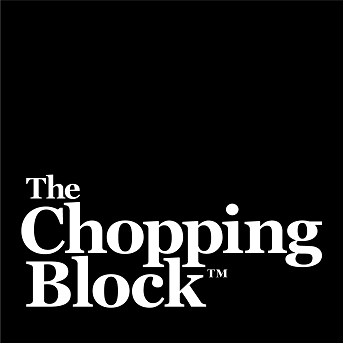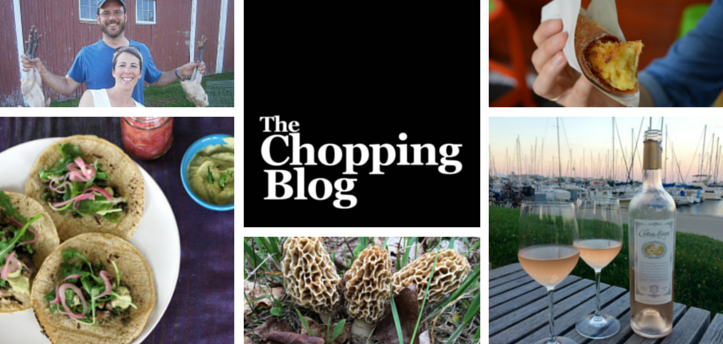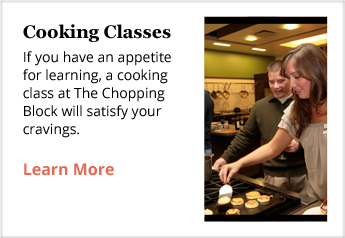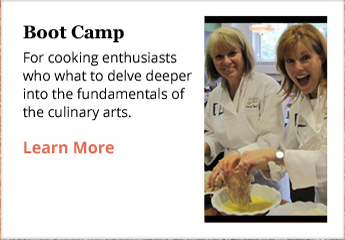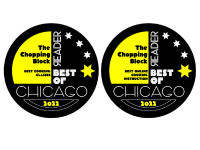As a teacher, I strive to nurture my students to be lifelong learners. I want them to make connections between learning in the classroom with what they do outside of the classroom and find learning potential in the multitude of activities they do outside of school. Sometimes, I open class with questions such as “How did you use math this weekend?” “What did you learn from seeing that movie or playing that game?”
One of the things I love about cooking with young people is the way that it authentically touches all school subjects and many 21st Century skills needed for success in life skills. Getting kids in the kitchen with kids’ baking and cooking classes could be the best academic support you can offer your son or daughter this year.
Here are some connections between academic skills and cooking to foster with young cooks or that will naturally evolve while cooking.
Math
Estimating: Children can estimate the approximate total cost while shopping for ingredients or when determining if they already have the needed amount of ingredients. To determine how many apples to make 2 cups of chopped apples or 1/2 cup diced onion requires estimating.
 Unit Rate: Cooks consider unit rate to figure out the most economical way to purchase items. Do you want the biggest lemon or the smallest when they are priced per pound? Which is a better deal? 12 ounces of chocolate for $5 or 13 ounces for $6?
Unit Rate: Cooks consider unit rate to figure out the most economical way to purchase items. Do you want the biggest lemon or the smallest when they are priced per pound? Which is a better deal? 12 ounces of chocolate for $5 or 13 ounces for $6?
Working with Money: Adding up the total, figuring and counting change, counting money for payment.
Fractions: Cooking and baking is ripe with connections to fractions; reading and understanding fractions comes up regularly in recipes. Making more or less of a recipe incorporates adding, multiplying and dividing with fractions. Fractions enter the mix when portioning out food- “Should each person get 1/8 or 1/6?” and cutting equal sized pieces.
 Measuring: Measuring accurately with liquid and dry measuring tools ensures food comes out as desired. There’s also less standard measuring needed to determine thickness of crust, lengths to cut veggies, fruit etc. Recipes build awareness of units, as measurements are given using a variety of units.
Measuring: Measuring accurately with liquid and dry measuring tools ensures food comes out as desired. There’s also less standard measuring needed to determine thickness of crust, lengths to cut veggies, fruit etc. Recipes build awareness of units, as measurements are given using a variety of units.
Time: Want food to turn out perfectly cooked, have time for chilling, proofing, or marinating? All of these require telling time.
Reading
Following and interpreting directions: Many times order matters in cooking and baking. Disciplining young chefs to read or listen to steps of a recipe thoroughly at least once before starting the cooking process matches the rereading needed to fully comprehend directions for assignments at school.
Developing vocabulary skills: Following recipes necessitates understanding variations in terms (i.e boil and simmer; chop, dice, and mince), and understanding words in new ways (i.e fold, puree (a noun and verb), thyme and time (homonyms) and exposes students to etymology (did you know sauté comes from the French word meaning “to jump?” Al dente means “to the tooth.”
Comprehension: Recipes present an assortment of comprehension challenges. What does it mean to let something double in size? Does 1 cup of cheese, grated mean the same thing as 1 cup of grated cheese?
Science
States of Matter: Students can see the states of matter in action when cooking.
The Five Senses: We utilize our five senses in all stages of the cooking process from shopping for fresh ingredients to assessing doneness. Here’s a quick examination- our eyes assess changes in texture and color, our ears listen for the timer to signal that it’s time to check the food or we have worked with it enough, we touch food to evaluate doneness (i.e pasta al dente or well kneaded dough), we smell when our aromatics have had a chance to add enough flavor before moving on, and our sense of taste determines ultimate success.
Parts of a Flower/Plant: Working with fruits, vegetables, herbs and spices provides a seamless connection to the biology of plants. Did you know when you eat celery, you are eating a stem? Carrot, a root? Did you know broccoli florets are buds waiting to flower? Fresh herbs dried become spices and cilantro is one of the few herbs that gets a new name as a spice. It becomes coriander.
Chemical vs Physical Changes: The changes that happen with food provide authentic conversation related to types of changes being observed. Chemical changes that happen to food can’t be reversed (ie. cooking meat and pasta are examples of chemical changes) Cutting up bread or veggies for a strata is a physical change, but once the strata is cooked, it is chemical. Scientific conversations about what is happening to food nurtures next generation science practices.
Social Studies
Geography: Considering the origin of food and recipes is a perfect tie-in for finding the food’s origin on a map and learning about cultural practices, food customs, and history. Did you know that almost every culture has some type of dumpling? (Pierogi-Poland; Ravioli-Italy; Samosa-India; Gyoza-Japan; Knish–Eastern Europe)
Creative Arts
Color: Food presentation should have visual appeal and eating a rainbow of colors is advised. When serving and plating food, young cooks can challenge themselves to consider color in food. Identifying colors of food is skill building for young learners. Older students can consider how serving ware and garnish choices can complement a dish’s presentation. The culinary term for food presentation is plating.
 Shapes: Young children can look at food and practice identifying shapes.
Shapes: Young children can look at food and practice identifying shapes.

 The connections spoken of here between core subjects and the creative arts is just a starting point to the value of cooking. Working in the kitchen builds so many skills we need in life… problem solving, critical thinking, collaboration (when cooking with others), patience, visual spatial skills, flexibility, and confidence. Set your kids up for success in school and life by getting them in the kitchen.
The connections spoken of here between core subjects and the creative arts is just a starting point to the value of cooking. Working in the kitchen builds so many skills we need in life… problem solving, critical thinking, collaboration (when cooking with others), patience, visual spatial skills, flexibility, and confidence. Set your kids up for success in school and life by getting them in the kitchen.
Our kids and teen summer camps are over, but we'll have other classes coming this fall, so be sure to check our class calendar!
